Excerpted from Super Immunity: The Essential Nutrition Guide for Boosting Your Body's Defenses to Live Longer, Stronger, and Disease Free* by Joel Fuhrman, @2011 HarperOne, reprinted by permission.The nutrition-related educational materials used in most schools have been provided “gratis” by the meat, dairy, and egg industries for over seventy years. Those industries have successfully lobbied and influenced the government, resulting in favorable laws and subsidies—and resulting in advertising propaganda being fed to every child. They have been selling the mistaken idea that we need meat, dairy, and eggs in order to be properly nourished. We have thus been programmed with incorrect and dangerous information.
Almost all Americans get more than enough protein daily. In fact, the average American consumes over 100 grams of protein, about 50 percent more than the recommended daily amount. Yet too many of us, including athletes, fitness enthusiasts, bodybuilders, dieters, and the overweight, turn to protein powders, protein drinks, and nutrition bars in a quest for even more protein.
The overall goal is to eat fewer animal products in general so that we can reduce the amount of
protein from animal sources and increase the amount of protein from plant sources.
It is true that a certain lifestyle, one involving vigorous and regular physical workouts, requires additional protein. For example, resistance training and endurance workouts can break down muscle protein and increase our need for protein to fuel repair and growth. But the increased need for protein is proportional to the increased need for extra calories burned from the exercise. As exercise increases our appetite, we increase our caloric intake accordingly—and our protein intake increases proportionally.
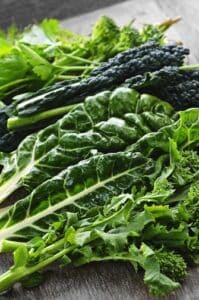 If we meet the increased caloric demand from heavy exercise with an ordinary assortment of natural plant foods—vegetables, whole grains, beans, seeds, and nuts—we will get the precise amount of extra protein needed. A typical assortment of vegetables, nuts, seeds, beans, and whole grains supply about 50 grams of protein per 1000 calories. Don’t forget, green vegetables are almost 50 percent protein, and when you eat more vegetables, it gives you your protein in a Super Immunity and anticancer package.
If we meet the increased caloric demand from heavy exercise with an ordinary assortment of natural plant foods—vegetables, whole grains, beans, seeds, and nuts—we will get the precise amount of extra protein needed. A typical assortment of vegetables, nuts, seeds, beans, and whole grains supply about 50 grams of protein per 1000 calories. Don’t forget, green vegetables are almost 50 percent protein, and when you eat more vegetables, it gives you your protein in a Super Immunity and anticancer package.
When the additional calories are derived from health-enhancing plant foods, you will get much more than just protein; these foods will supply you with a host of antioxidants to protect against the increased free radicals generated by the exercise. Nature planned this pretty well! Take a look at this sampling of foods, shown with their caloric and protein content:
Protein Content of Common Plant Foods (in grams):
- One cup peas: 120 calories; 9g protein
- One cup lentils: 175 calories; 16g protein
- Two cups spinach: 84 calories; 10.8g protein
- Two slices whole-grain bread: 120 calories; 10g protein
- One ear corn on the cob: 150 calories; 4.2g protein
- One cup brown rice: 220 calories; 4.8g protein
- Two ounces sunflower seeds: 175 calories; 7.5g protein
- Total = 1044 calories; 62.3g protein
Consider that the maximum muscle mass the human body can typically add in one week is about one pound. That’s the upper limit of the muscle fiber’s capacity to make protein into muscle; any protein beyond that is simply converted to fat. Although athletes have a greater protein requirement than sedentary individuals, this extra is easily obtained through the diet; the use of protein supplements is not merely a waste of money, it is unhealthy.
Taking in more protein, especially animal protein, than your body needs is not a small matter. It ages you prematurely and can cause significant harm. The excess protein you are not using isn’t stored by the body as protein; it is converted to fat, or it is eliminated via the kidneys. Eliminating excess nitrogen via the urine leaches calcium and other minerals from the bones and breeds kidney stones.
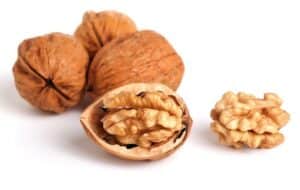 Vegetable foods are alkaline. Animal products are acidic foods, and they require a huge output of hydrochloric acid from the stomach to digest them. This acid tide in the blood, after a high-protein meal, requires an equally strong base response by the body to neutralize the acid. We get the needed base contribution at the expense of our bones, which give up their minerals; our bones literally dissolve for that purpose into phosphates and calcium. This is a primary step in bone loss that leads to osteoporosis. Our high salt intake then further contributes to flushing our bone mass down the toilet bowl. The excessive stimulation of bone turnover also causes an increase in bone breakdown and remodeling, which can lead to osteoarthritis and calcium deposits in other tissues.
Vegetable foods are alkaline. Animal products are acidic foods, and they require a huge output of hydrochloric acid from the stomach to digest them. This acid tide in the blood, after a high-protein meal, requires an equally strong base response by the body to neutralize the acid. We get the needed base contribution at the expense of our bones, which give up their minerals; our bones literally dissolve for that purpose into phosphates and calcium. This is a primary step in bone loss that leads to osteoporosis. Our high salt intake then further contributes to flushing our bone mass down the toilet bowl. The excessive stimulation of bone turnover also causes an increase in bone breakdown and remodeling, which can lead to osteoarthritis and calcium deposits in other tissues.
Exercise, not extra protein, builds strength, denser bones, and bigger muscles. When you artificially stimulate growth with overfeeding and excessive animal product consumption, you may achieve a heightened body mass index (a weight-to-height ratio), but this will add fat to your body as well.
Let me caution you that a higher body mass index, even if that additional body mass is mostly muscle, is linked to an earlier death. Large football players have over twice the risk of early cardiac death than the general population, with many of them dying before their fiftieth birthday. Out of more than six hundred Olympic athletes on the East German 1964 Olympic team, fewer than ten are still alive today. Promoting muscular growth with supplements and steroids doesn’t seem too wise, when seen in that context. Excessive body mass, even excessive muscular development from overeating high-protein animal products, is a risk factor for heart attacks and other diseases later in life.
We can’t judge health by size; we must judge it by resistance to serious illnesses, longevity potential, and maintaining our useful vigor and athleticism into our later years. When you’re trying to exercise for health and eat for health, one of your goals should be to reduce rather than increase animal food consumption and animal derived protein.
- For more tips on plant-based nutrition, make sure to browse VegKitchen’s Nutrition page.
*This post contains affiliate links. If the product is purchased by linking through this review, VegKitchen receives a modest commission, which helps maintain our site and helps it to continue growing!


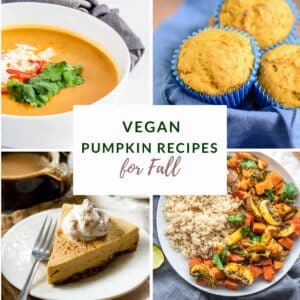
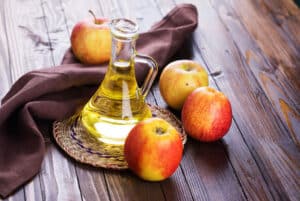
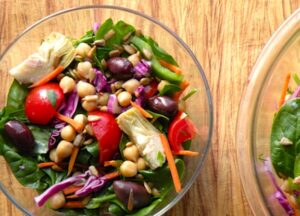
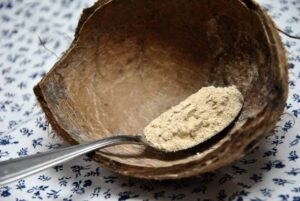
Jarrett says
This is so awesome to read, the way it is explained is on point and easy to understand. I already knew a lot of this, but the scientific relation to what happens in our bodies chemical reaction to what we eat and how we use it is so educational! Love this article and it will help me for sure! I will definitely tell others about this.
Martin smith says
Can you address the often-heard issue that it's had to get all the types of amino acids we need from non-animal diet? Thanks
Nava says
Hi Martin — as you may know, the idea that it's not possible to get all the amino acids we need from non-animal sources has been discredited. The subject is addressed in this post: http://www.vegkitchen.com/nutrition/protein/ — especially the paragraphs under the heading "Complete Protein." Hope that helps!
Nava says
Thanks, Thomas! Can I reprint your article on VegKitchen so more people can see it?